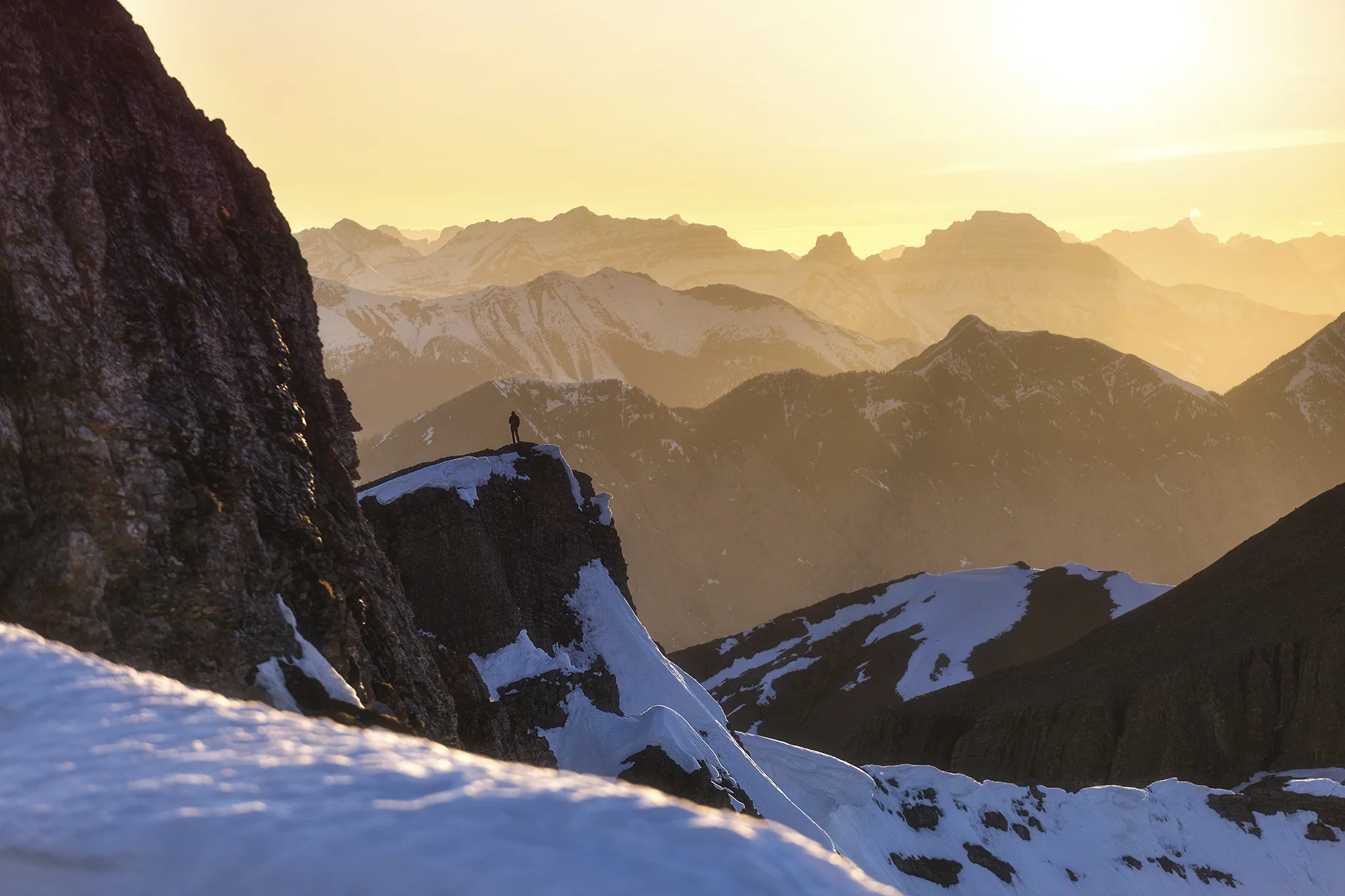
Shooting The Northern Lights
Shooting the Northern Lights is endlessly rewarding and an experience you’ll remember forever!
The Making of Moraine
Moraine Lake has to be one of the most famous lakes in Canada if not the world.

Shooting the Northern Lights is endlessly rewarding and an experience you’ll remember forever!
Moraine Lake has to be one of the most famous lakes in Canada if not the world.
Bow hut is a great, easy over night experience!
Shooting the Milky Way can be challenging and rewarding!